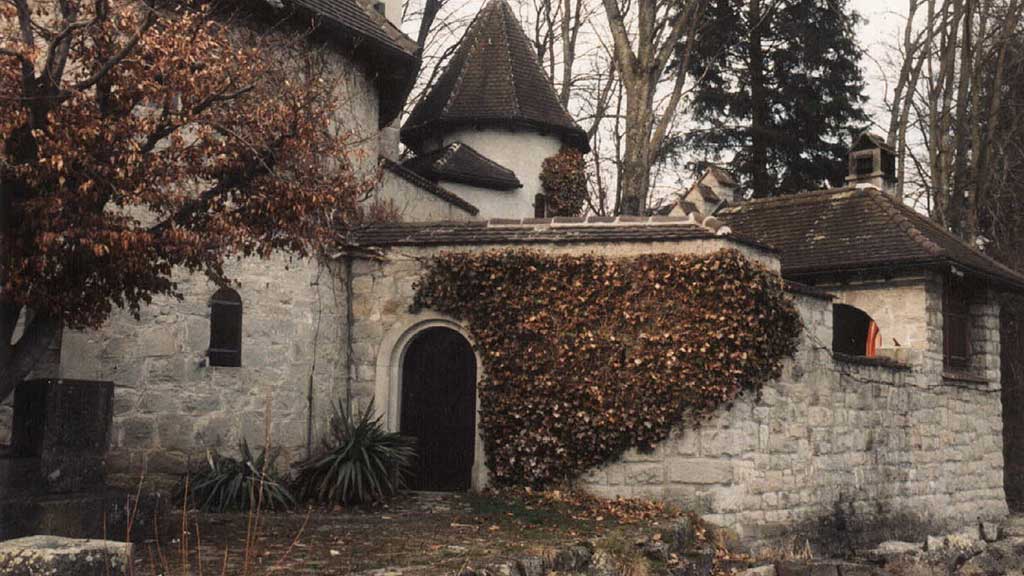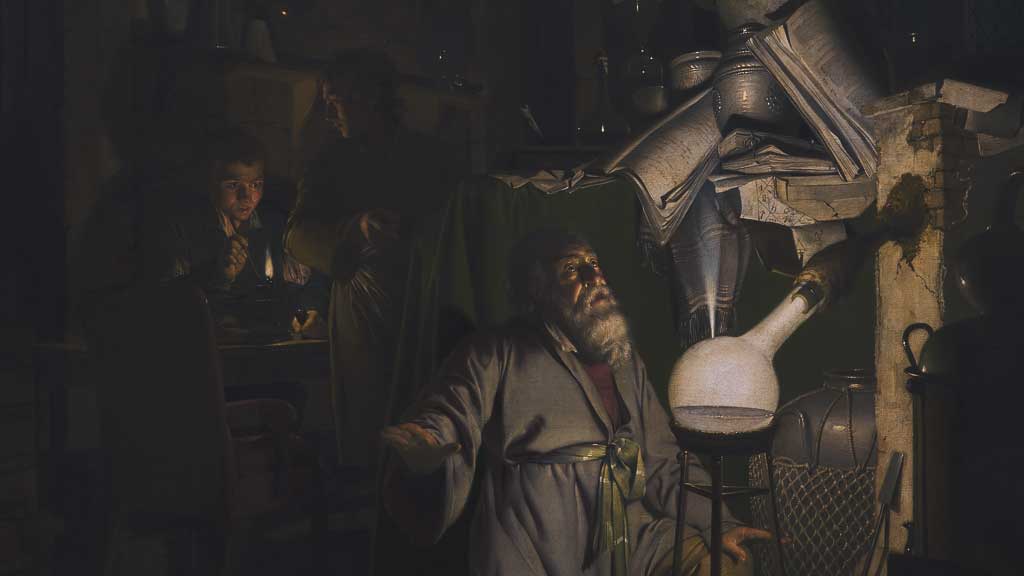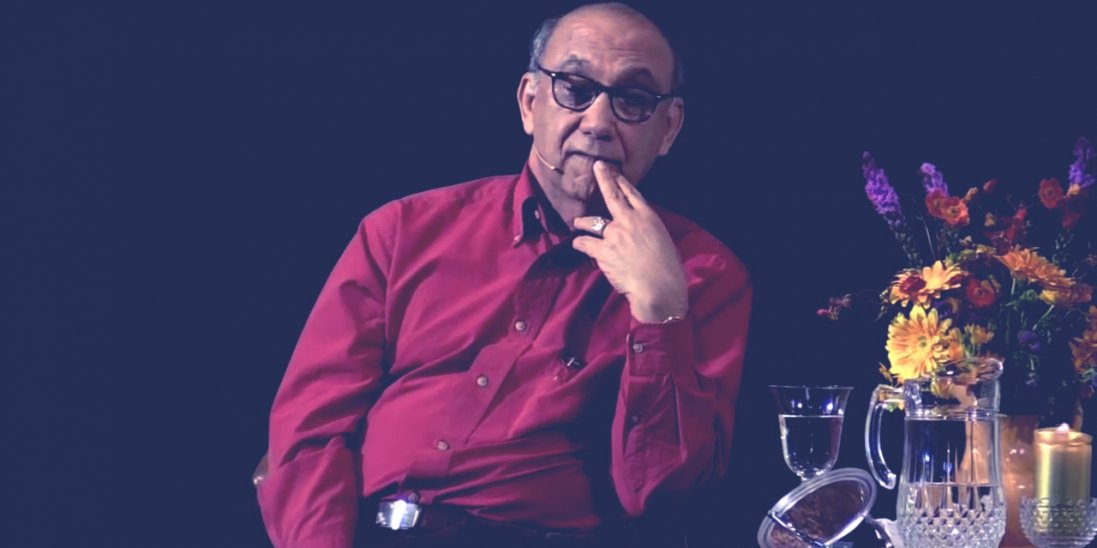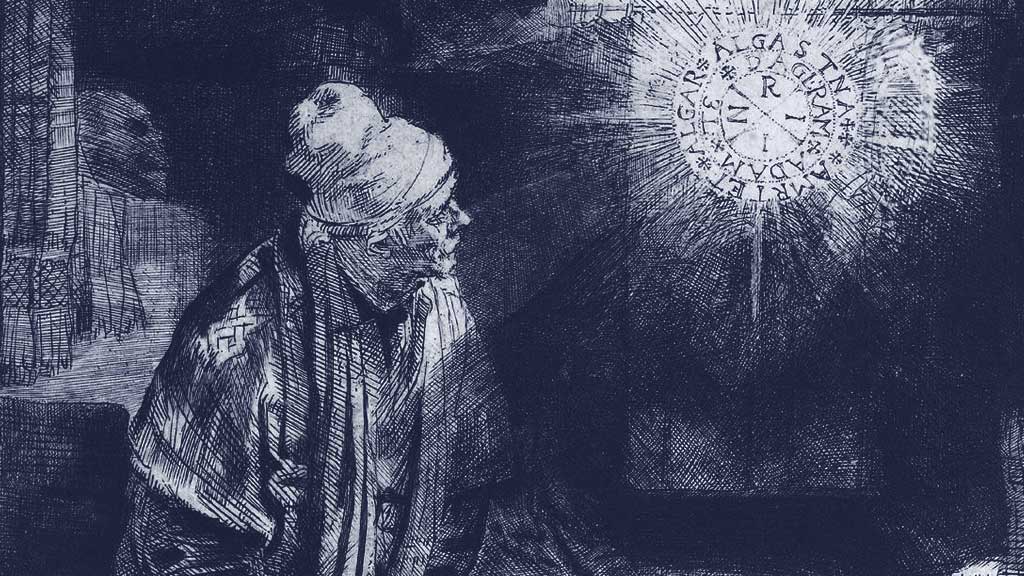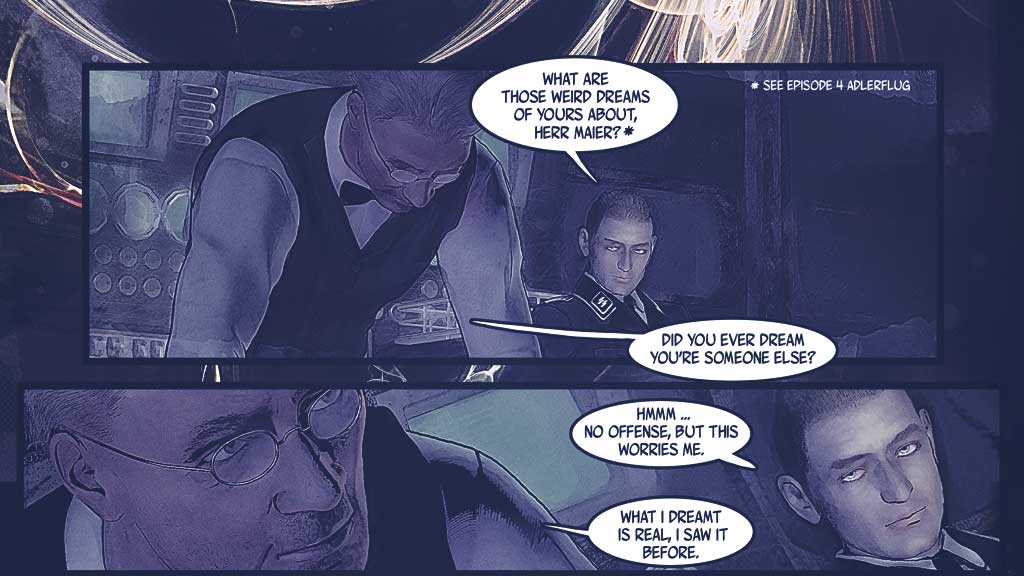In The Maier Files, Otto Maier reveals to Rolf that the sequence 4-5-6-8, representing a major chord, holds profound significance. He explains that every note resonates with the one an octave lower and its harmonious tonic, suggesting that sound carries the potential for far-reaching connections—to both ancient knowledge and cosmic forces. This brings us to the ancient and sacred concept of the Perfect Fifth, a sonic interval deeply revered throughout history for its healing and...
The mysterious relic —which could be at one and the same time a chalice, a book, a stone, or a person— was seen as existing both on the earth and at a remove from it. In the poem The Later Titurel, it hovers above the world, untouched by human hands and supported by angels. In the Perceval of Chrétien de Troyes and the Parzival of Wolfram von Eschenbach, it is kept in a secret chamber...
In the Tower at Bollingen it is as if one lived many centuries simultaneously. The place will outlive me, and in its location and style it points backward to things of long ago. There is very little about it to suggest the present. If a man of the sixteenth century were to move into the house, only the kerosene lamp and the matches would be new to him; otherwise, he would know his way about...
Wagner’s mythic medievalism and Teutonic underworldliness was shared by the English Pre-Raphaelite Brotherhood’s embrace of William Blake’s prescient dictum—Gothic form is living form—the largely unacknowledged creed of Victorian architectural revival. Barbaric An adjective that had once meant “barbaric,” “Gothic” had been redeemed by perception of the medieval Catholic Church’s architectural embrace of the divine-maternal, the mysterious, tempting curve: the very essence of art, according to Edmond’s Bailly’s bookshop habitué, art critic, aesthete, monarchist, and Catholic...
At Maier Files Tidbits, we delve into the enigmatic and the unexplained, where history intertwines with the supernatural. In the remote mountains of Auvergne-Rhône-Alpes, France, amidst the crumbling ruins of an ancient monastery, a peculiar discovery whispers of secrets long buried. A plant, steeped in bitter mystique, grows wild among the stones of Chartreuse de Bonnefoy, a once-thriving Carthusian enclave. Known to some as the harbinger of the “Green Fairy”—a nickname for the infamous absinthe—this...
Otto Maier, a name shrouded in secrecy and intrigue, emerges from the annals of history as a German scientist whose pursuits straddled the realms of advanced physics and ancient alchemy. His diaries reveal a mind equally captivated by the promise of exotic matter and the mystical allure of alchemical transformation. As we delve into Maier’s world, we uncover a narrative that intersects with the profound themes explored in Arthur I. Miller’s “Deciphering the Cosmic Number,”...
At the present time, our materialistic science derides alchemists as misplaced mystics who pursued a dream of finding a chemical compound that might transform base metals into gold. Indeed, they recognize that much scientific breakthrough was achieved through these pursuits, but they throw out out the goal of the alchemists as simply a fanciful or impossible plan and fantasy. However, there exist fascinating incidents, a few so deeply curious that the mind can barely cope...
Well-known spiritual teacher A. H. Almaas uses the metaphor of the mysterious philosopher’s stone to discuss a tremendous liberating power that leads to endless enlightenment. An introducrion by Almaas: TRUE NATURE, the fundamental nature of what we are—and of everything—is what matters most when it comes to spiritual transformation. It is the single most important element for liberation. The more we understand it, the more we realize that it is not simply the most important element; in fact,...
The secret teachings of Goethe. That Johann Wolfgang von Goethe (1749-1832), Germany’s greatest poet, had an interest in the occult and alchemy is clear from Faust. Based on an historical character, the original Faust legend goes back to medieval times and prior to Goethe‘s there were earlier dramatic renditions of the tale, notably Christopher Marlowe’s. Yet it is to Goethe’s Faust (Part I 1808; Part II 1833) that most of us turn when we think...
Physical space may itself be curved, contain antimatter, house a sea of neutrinos, and be related to the invisible realm of the psyche. Nevertheless, physical space is also made up of something else. That something else has been called, for generations, the ether. With the discovery of holography and a new order to the universe, the conceptualization of empty space must be reevaluated. Just as the room you are sitting in contains the electromagnetic energy...
In physics, we speak of energy and its various manifestations, such as electricity, light, heat, etc. The situation in psychology is precisely the same. Here, too, we are dealing primarily with energy . . . with measures of intensity, with greater or lesser quantities. It can appear in various guises. . . . As I worked with my fantasies, I became aware that the unconscious undergoes or produces change. Only after I had familiarized myself...
The Stone is everywhere to be found, but nowhere seen. The Stone is also within … Mention of the philosopher’s stone in writing can be found as far back as Cheirokmeta by Zosimos of Panopolis (c. 300 AD). Alchemical writers assign a longer history. Elias Ashmole and the anonymous author of Gloria Mundi (1620) claim that its history goes back to Adam who acquired the knowledge of the stone directly from the biblical God. This...



